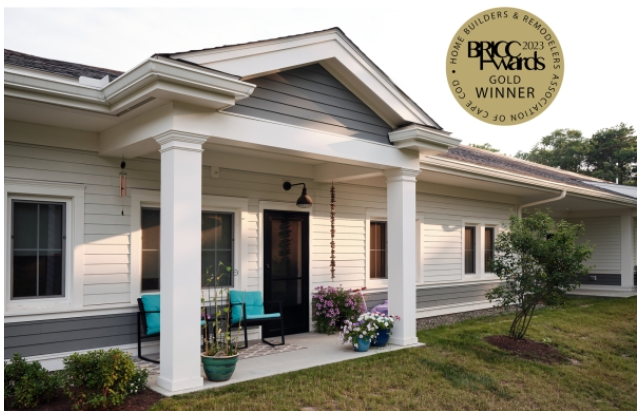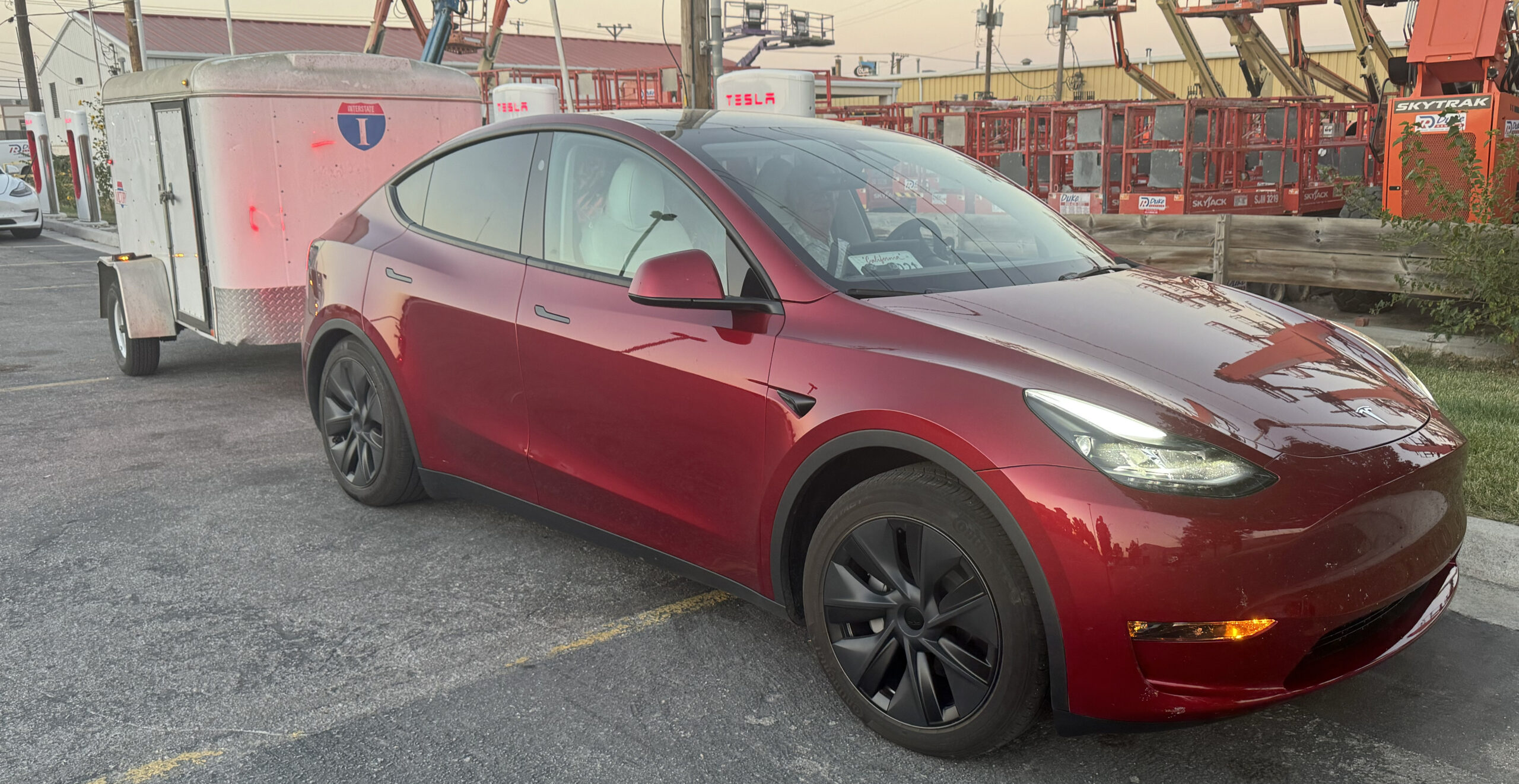Sign up for daily news updates from CleanTechnica on email. Or follow us on Google News!
There’s a lot happening at the US federal and local levels in which affordable housing and sustainability intersect.
The US federal government this week announced awards of more than $100 million from the Department of Housing and Urban Development (HUD) through the Inflation Reduction Act (IRA) to help renovate the homes of more than 1,500 low income families to be zero energy and climate resilient. With the backdrop to reduce the cost to decarbonize affordable housing by 50% within a decade, these energy saving renovations will demonstrate the potential to cut energy waste down to zero, increase resiliency to extreme weather events worsened by climate pollution, and lower costs for families.
Last week, the Biden-Harris Administration set a target to deliver energy bill savings for people in the US while also curbing greenhouse gas (GHG) emissions that come from operating and renovating buildings. Renovating buildings will also protect people’s health and lower energy and housing costs for hardworking families.
In the US:
- More than a third of GHG emissions comes from the buildings sector;
- 20% is from heating, cooling, and operating our homes; and,
- Solutions to cut pollution from homes will help curb 37% of GHG emissions that come from operating, constructing, and renovating US buildings.
All the investments will be made in affordable housing communities serving low-income families in alignment with the Biden-Harris administration’s commitment to environmental justice.
Plus, a Low-Income Communities Bonus Credit program, also part of the IRA, will spur up to 1.8 gigawatts of clean energy investments annually in underserved communities. The program provides a bonus credit amount on top of the Investment Tax Credit for building clean energy projects, which is up to 30% of qualifying investments. The Low-Income Communities Bonus provides up to a 10 or 20 percentage point tax credit boost for small solar and wind projects placed in service in low- income or Tribal communities.
Earlier this month, the Department of Energy launched another Energy Earthshot — the “Affordable Home Energy Shot” — which sets a bold target to reduce the cost to decarbonize affordable housing by 50%, save US residents money on their energy bills, and help address the persistent burdens faced by low-income households and communities of color.
In order to make zero emissions, resilient new construction, and retrofits common practice by 2030, the federal government is developing a standard national definition for zero emissions buildings that will help establish a consistent, verifiable, and measurable path to a zero-emissions building sector. With over 130 million existing buildings, which collectively cost over $400 billion a year to heat, cool, light and power, and 10 million new homes to be constructed by 2030, establishing a consistent uniform target will accelerate climate progress by driving investments into homes and buildings of the future.
The Department of Housing and Urban Development released a Climate Resources for Housing Supply Framework that describes key funding opportunities for a climate-focused housing supply strategy. This follows the launch of HUD’s Funding Navigator, a user-friendly searchable database of IRA and Bipartisan Infrastructure Law incentives and other resources from across federal agencies to support efforts to enhance climate resiliency, energy efficiency, renewable energy integration, healthy housing, workforce development and environmental justice.
Together, these actions further the Administration’s commitment to reducing energy burdens, increasing housing supply and advancing fair housing, cutting climate pollution, boosting climate resilience, lowering household energy costs, and preserving the viability and affordability of the US housing stock.
The sustainable affordable housing movement emerged from a collective effort to address economic disparities, environmental sustainability, and human health. Leaders across the US are working diligently to develop housing that is affordable, safe, and conducive to a climate-friendly future, and, as the affordable housing development below show, it has already had positive results.
Case Study: Cape Cod Multi-Family Passive Housing
Preservation of Affordable Housing (POAH) announced that its 100% affordable community called Brewster Woods has won an award for outstanding housing affordability. It allows families who earn below 60% of area median income the opportunity to put down roots in a well-located, desirable community close to amenities including high-quality open space and beautiful beaches. Three apartments are set aside for individuals with disabilities transitioning from institutional settings to live independently in community with support, and seven are deeply affordable for families at risk of homelessness.
The project is a partnership between POAH, Housing Assistance Corporation (HAC), and the Brewster Housing Authority. The 30 unit development, which serves low and moderate income households on Cape Cod, is a model for sustainability for other communities.
- The buildings are fossil fuel-free.
- A large photovoltaic solar array is expected to produce upwards of 175,000 kWh.
- The result is high efficiency and produces all-electric heating, cooling, and hot water systems.
- Air-tight wall assemblies have triple-pane windows and 3 inches of rigid insulation.
- The project’s energy efficient approach enables residents to have no utility bills.
- It ensures comfort and well-being with excellent fresh air distribution and consistent temperature control.
Brewster Woods is the first multi-family Passive House certified project on Cape Cod and among the first wave of Passive House affordable housing in Massachusetts.
- Project architects Catalyst Architecture & Interiors successfully designed to Passive House standards.
- Delphi Construction executed with attention to detail and quality control in the field.
- Building Evolution Corporation (BEC) was instrumental in design consulting and commissioning.
- ClearResult performed onsite testing and reporting.
- Sunbug Solar engineered and installed the solar array.
A series of partners made the project possible.
- Cape Light Compact awarded a large grant that allowed the project to incorporate high-efficiency, all-electric HVAC systems.
- Brewster Woods received funding from the Executive Office of Housing and Livable Communities, Bank of America, Massachusetts Housing Partnership (MHP), MassHousing, CEDAC, Barnstable County HOME Consortium, the Town of Brewster Community Preservation Committee, and the Executive Office of Economic Development MassWorks program.
- MHP’s Green Building Certification program made the Passive House investments possible with a reduced interest rate and commissioning reimbursement.
- MassSave Passive House incentives helped fund feasibility studies and construction costs.
Brewster Woods won the BRICC Gold Award for Outstanding Housing Affordability Project from the Home Builders and Remodelers Association of Cape Cod.
POAH is a national nonprofit organization whose mission is to preserve, create, and sustain affordable, healthy homes that support economic security, racial equity, and access to opportunity for all.

Photo provided by POAH
Have a tip for CleanTechnica? Want to advertise? Want to suggest a guest for our CleanTech Talk podcast? Contact us here.
EV Obsession Daily!
I don’t like paywalls. You don’t like paywalls. Who likes paywalls? Here at CleanTechnica, we implemented a limited paywall for a while, but it always felt wrong — and it was always tough to decide what we should put behind there. In theory, your most exclusive and best content goes behind a paywall. But then fewer people read it!! So, we’ve decided to completely nix paywalls here at CleanTechnica. But…
Thank you!
Tesla Sales in 2023, 2024, and 2030
CleanTechnica uses affiliate links. See our policy here.





